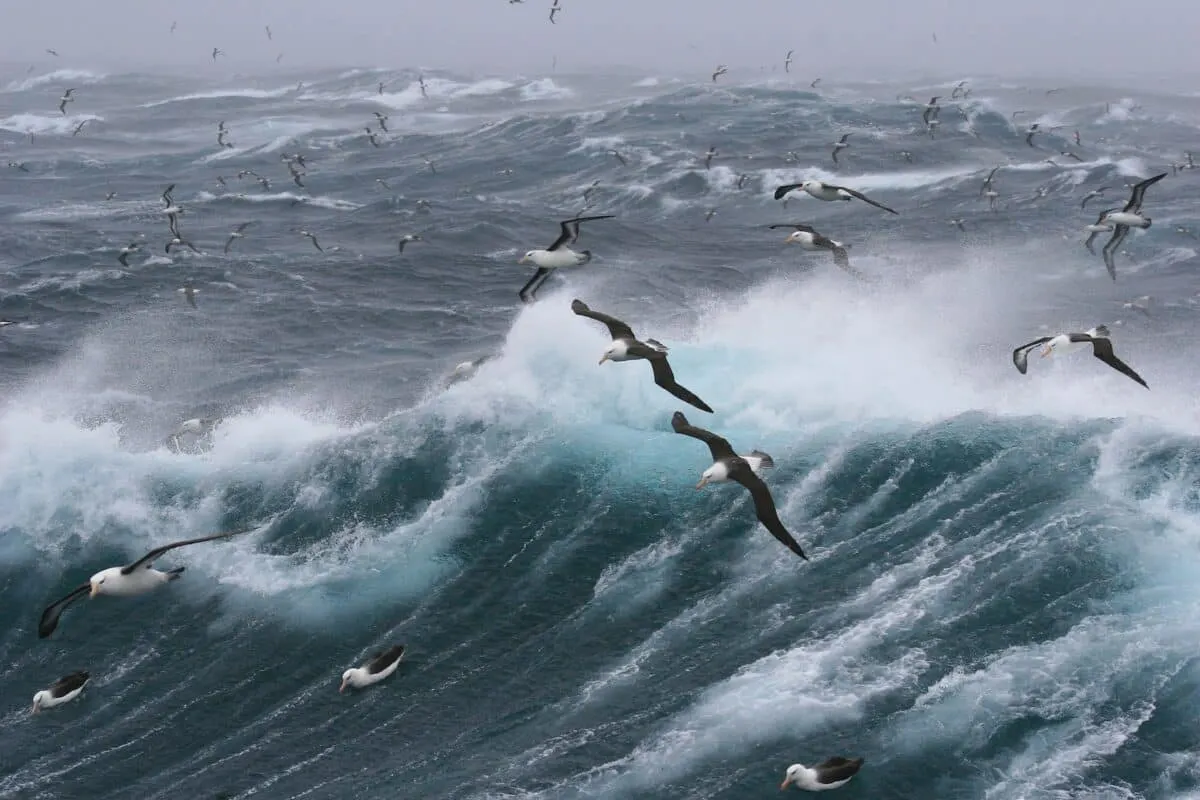The longest living species of bird is the iconic Albatross.
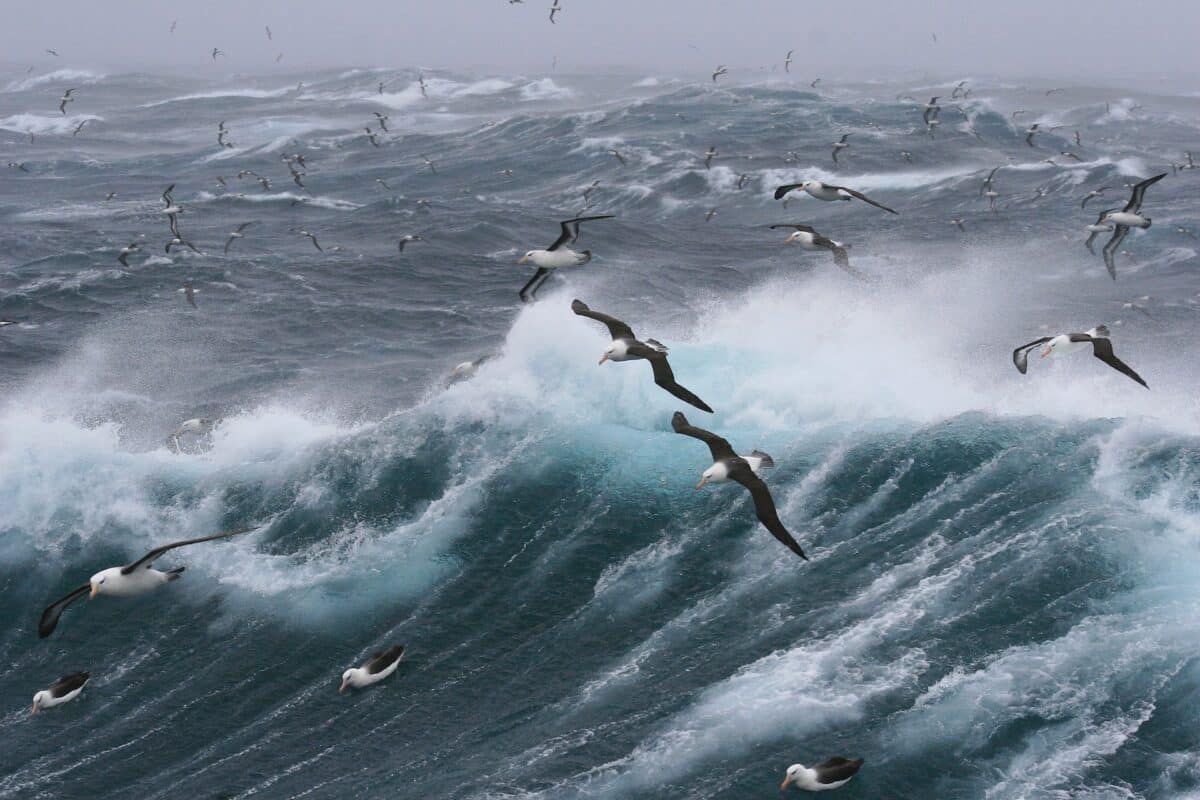
Welcome to the world of the fascinating and majestic Albatross, a seabird that has captured the imagination of humans for centuries. Being one of the longest-living bird species, the Albatross is truly a remarkable creature known to live up to 60 years in the wild.
The Albatross belongs to the Diomedeidae family, which comprises four genera and around 21 species. These birds have a massive wingspan ranging from 6.6 to 11.5 feet, depending on the species, and can weigh up to 25 pounds. Moreover, they have powerful legs and webbed feet that allow them to launch from the water easily and soar through the air for long distances.
In this article, we will explore the incredible world of the Albatross and learn more about their lifestyle, habitat, and survival tactics. So sit back, relax, and get ready to embark on an exciting journey through the world of the Albatross!
Key Points
- Albatross has an impressive wingspan, ranging from 6.6 to 11.5 feet, making it one of the largest among birds.
- Albatross can fly long distances above water, utilizing their streamlined bodies and powerful legs.
- They are monogamous birds, mate for life, and return to the same breeding colony each year.
- Albatross has one of the longest lifespans among birds, with some living up to 60 years in the wild.
- The major threats to the Albatross population include climate change, pollution, and commercial fishing.
Overview of the Albatross
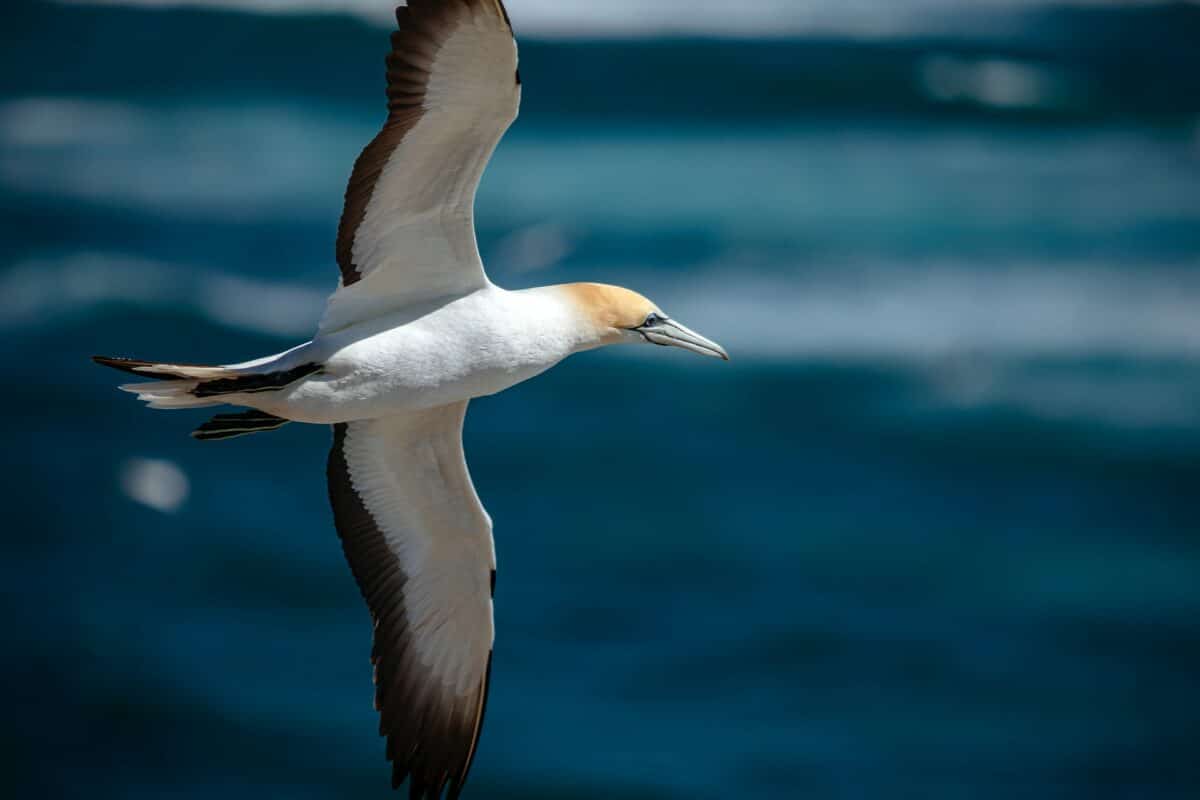
The Albatross is an awe-inspiring and regal avian species classified under the Diomedeidae family. With varying sizes across its different species, these magnificent birds can weigh up to 25 pounds. What truly distinguishes the Albatross is its remarkable wingspan, which spans an impressive range of 6.6 to 11.5 feet, ranking among the largest wingspans found in any bird.
These birds are predominantly found in the Southern Ocean and the North Pacific, as they can withstand some of the harshest, windiest, and coldest environments on Earth. Let’s get to know them a little better.
Physical Features
The Albatross has unique physical features that allow it to fly long distances above water. It has a streamlined body, which reduces drag as it flies through the air. Moreover, their powerful legs and webbed feet also allow it to launch from the water easily and glide through the air with ease.
Behavior and Lifestyle
The Albatross has a fantastic ability to fly long distances above the water. They can travel thousands of miles without ever touching down on land or water, making them a true flying marvel. In addition, they use their incredible wingspan to catch the wind and glide through the air, expending minimal energy.
Besides, Albatrosses are monogamous birds and mate for life, returning to the same breeding colony year after year. They build their nests on islands in the Southern or North Pacific Oceans and lay a single egg yearly. Both parents take turns incubating the egg and raising the young chicks.
The Albatross’s Lifespan
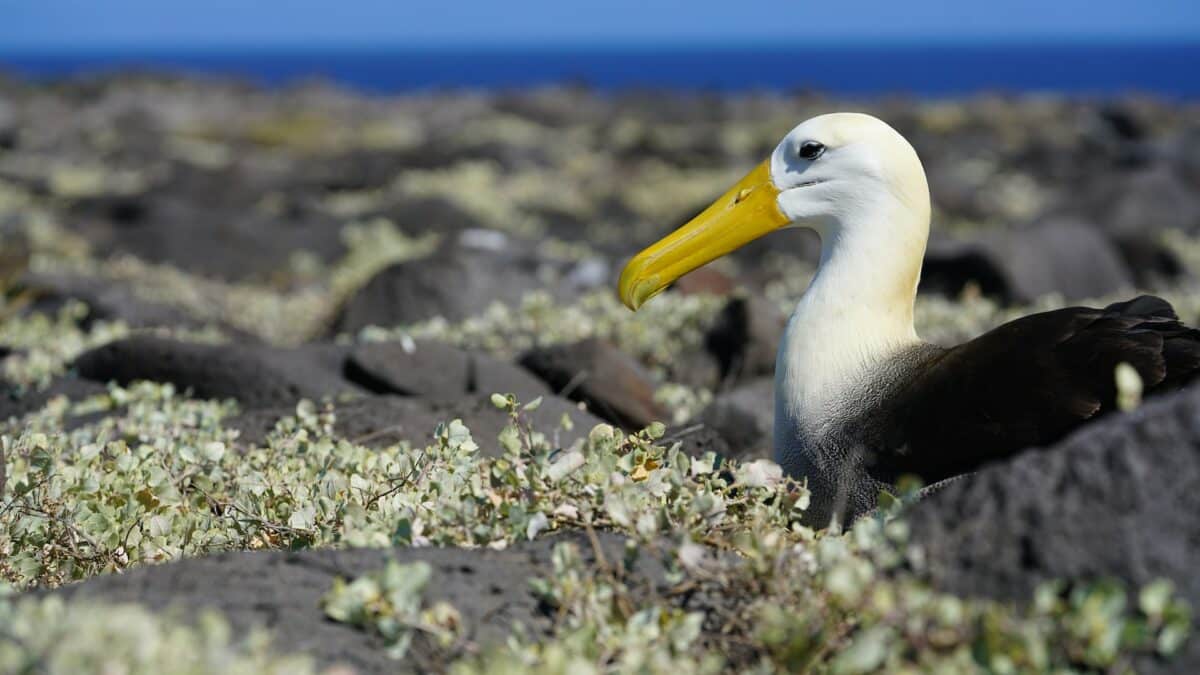
One of the most intriguing aspects of the Albatross is its lifespan, which is one of the longest among birds. These birds can live up to 60 years in the wild, which is quite impressive considering that most bird species have a lifespan of only a few years.
Oldest Recorded Albatross
The oldest recorded Albatross to date was a Laysan Albatross named Wisdom, which was banded in 1956 and lived for more than 60 years. She was known as a “supermom” since she successfully hatched and raised at least 30 chicks during her lifetime, which is quite remarkable.
Comparing the Longest Living Bird to Other Birds
| Bird Species | Lifespan (in the wild) |
|---|---|
| Albatross | Up to 60 years |
| Macaw | Up to 50 years |
| Swan | Up to 20 years |
| Owl | Up to 15 years |
| Eagle | Up to 10 years |
| Penguin | Up to 9 years |
| Sparrow | Up to 7 years |
| Hummingbird | Up to 5 years |
| Pigeon | Up to 4 years |
| Wren | Up to 2 years |
Reasons Behind Longevity
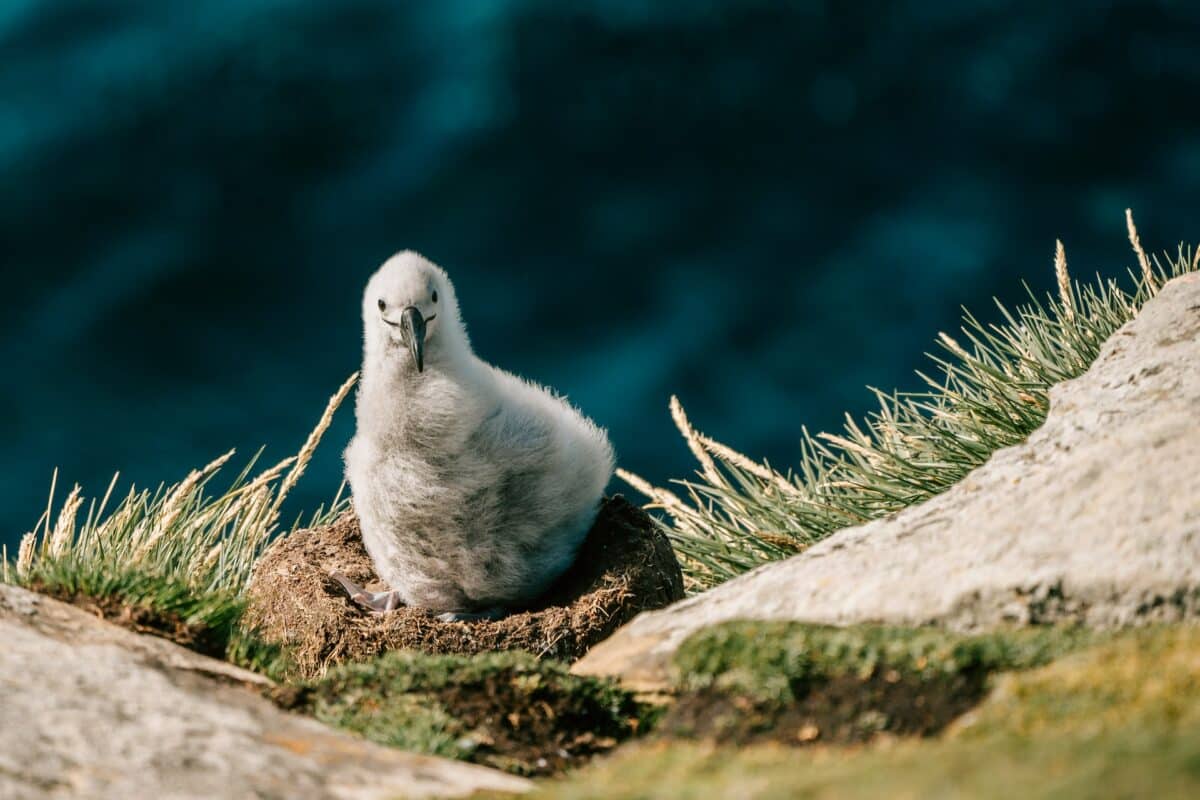
The Albatross’s longevity can be attributed to several factors.
#1 Flying Capabilities
First, these birds are incredibly skilled at flying and possess long, narrow wings that enable efficient gliding and soaring over long distances with minimal effort. This allows them to travel vast distances in search of food and mates.
#2 Adaptability
Another reason behind their longevity is their ability to adapt to various environments. Albatrosses can live and breed in various habitats, from rocky islands to snow-covered tundra. This adaptability increases their chance of survival in varying environments.
#3 Few Predators
Albatrosses are apex predators in their marine ecosystems, and as adults, they have few natural predators. Their large size, formidable beaks, and strong flight capabilities help deter potential threats. With reduced predation pressure, albatrosses can live longer lives compared to species that face higher risks from predators.
#4 Slow Reproductive Rate
They typically produce one egg per breeding season, and the incubation and fledging periods are lengthy. This slow reproductive cycle allows them to invest more time and energy in individual offspring, increasing their chances of survival.
Also Read: All About Baby Pigeons
Threats To the Albatross Population
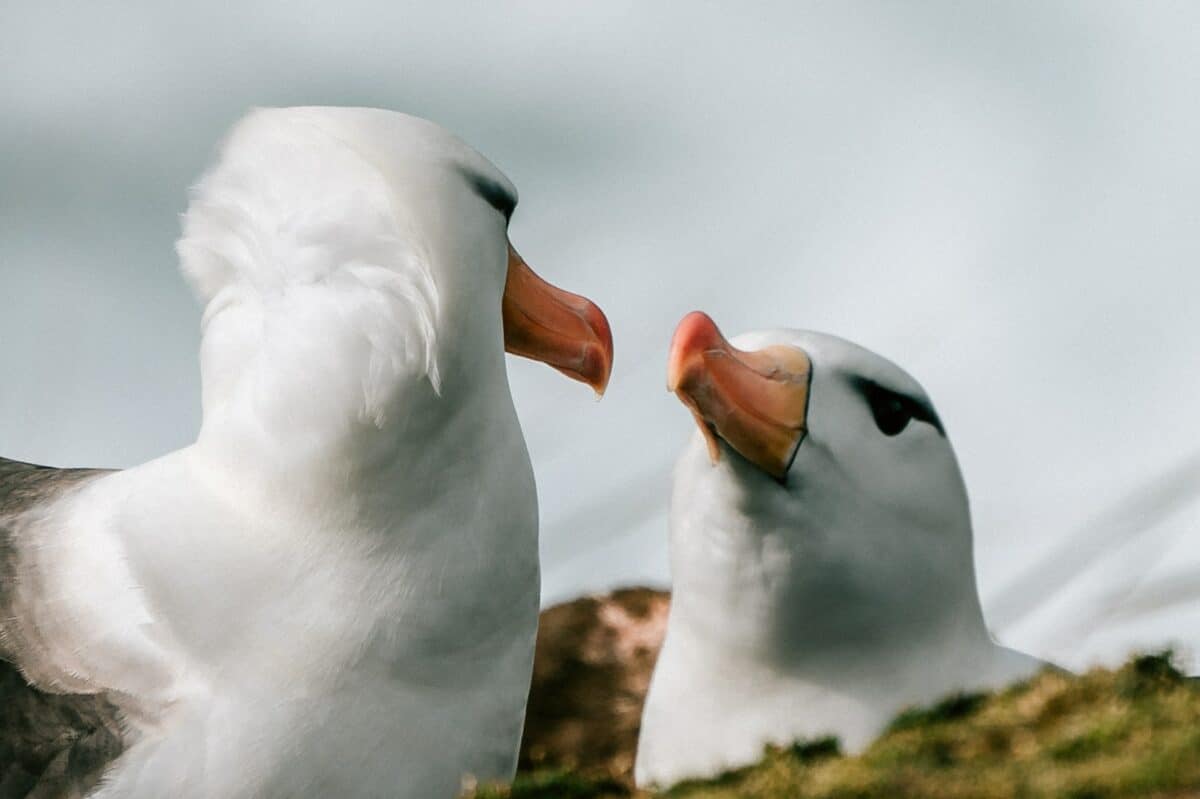
The majestic Albatross species face numerous threats, and its population is currently in danger. Here are some of the most significant threats and how they are affecting these birds.
Climate Change
Climate change is one of the most significant threats to the Albatross population. Rising sea levels and temperatures are causing changes in ocean currents and weather patterns, leading to changes in the distribution and availability of prey for the birds. Climate change is also causing changes in the Antarctic krill population, a primary food source for many Albatross species.
Pollution
The Albatross population is also faced with pollution, contaminating their environment and causing significant harm to their health. Plastic pollution is particularly problematic, as many Albatross mistake plastic debris for food, which can be deadly. The birds also ingest harmful pollutants such as heavy metals, pesticides, and toxins from their prey.
Commercial Fishing
Commercial fishing practices pose a significant danger to the Albatross population, as these birds can be accidentally caught and killed while fishing. Longline fishing, a technique used to catch fish such as tuna and swordfish, is particularly harmful. Longlines can extend up to 50 miles and have hundreds of hooks, which Albatross can easily swallow or become entangled in.
Ways To Protect the Albatross and Its Ecosystem
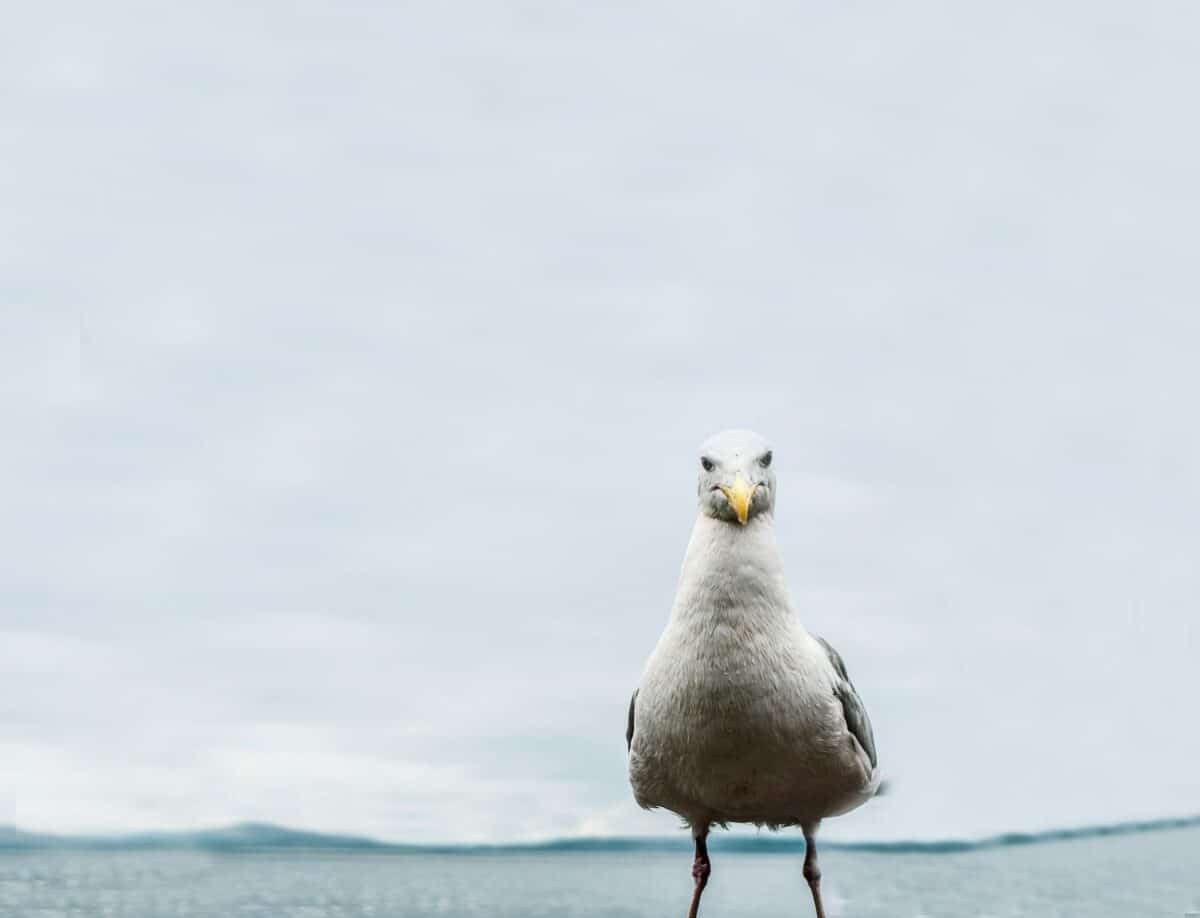
Protecting the Albatross and its ecosystem will require the efforts of individuals as well as organizations. Here are some ways we can adopt to help:
Reduce Plastic Waste
Reducing plastic waste is one of the best ways to help protect the Albatross. You can start by reducing your consumption of single-use plastics such as water bottles and straws. You can also participate in beach cleanups to help prevent plastic pollution in the ocean.
Support Sustainable Fishing Practices
Supporting sustainable fishing practices can help reduce the number of Albatross accidentally caught and killed in fishing nets. Look for seafood certified as sustainable and encourage your local fish market to carry sustainable options.
Raise Awareness
Raising awareness about the threats facing Albatross and its ecosystem is another critical step in their protection. You can share information about the Albatross on social media, participate in educational programs, or support organizations that work to protect the birds and their habitat.
The Longest Living Species of Bird: Conclusion
The Albatross is a remarkable and majestic creature that has captured the hearts and minds of people worldwide. While it has many remarkable qualities, perhaps one of its most impressive feats is its long lifespan. These birds have been known to live up to 60 years in the wild, making them one of the longest-living bird species on the planet.
Despite facing several challenges, including human threats such as fishing and pollution, the Albatross continues to thrive and adapt to its environment. With its unique beauty and elegance, there is no doubt that the Albatross will continue to capture our hearts and minds for generations to come.
Thank you for reading this article about the longest living species of bird! Dive into more bird-knowledge and learn about the world’s largest congregation of eagles, the heaviest bird capable of flight, or the most colorful bird in the world.
Join our Forum for free today!


